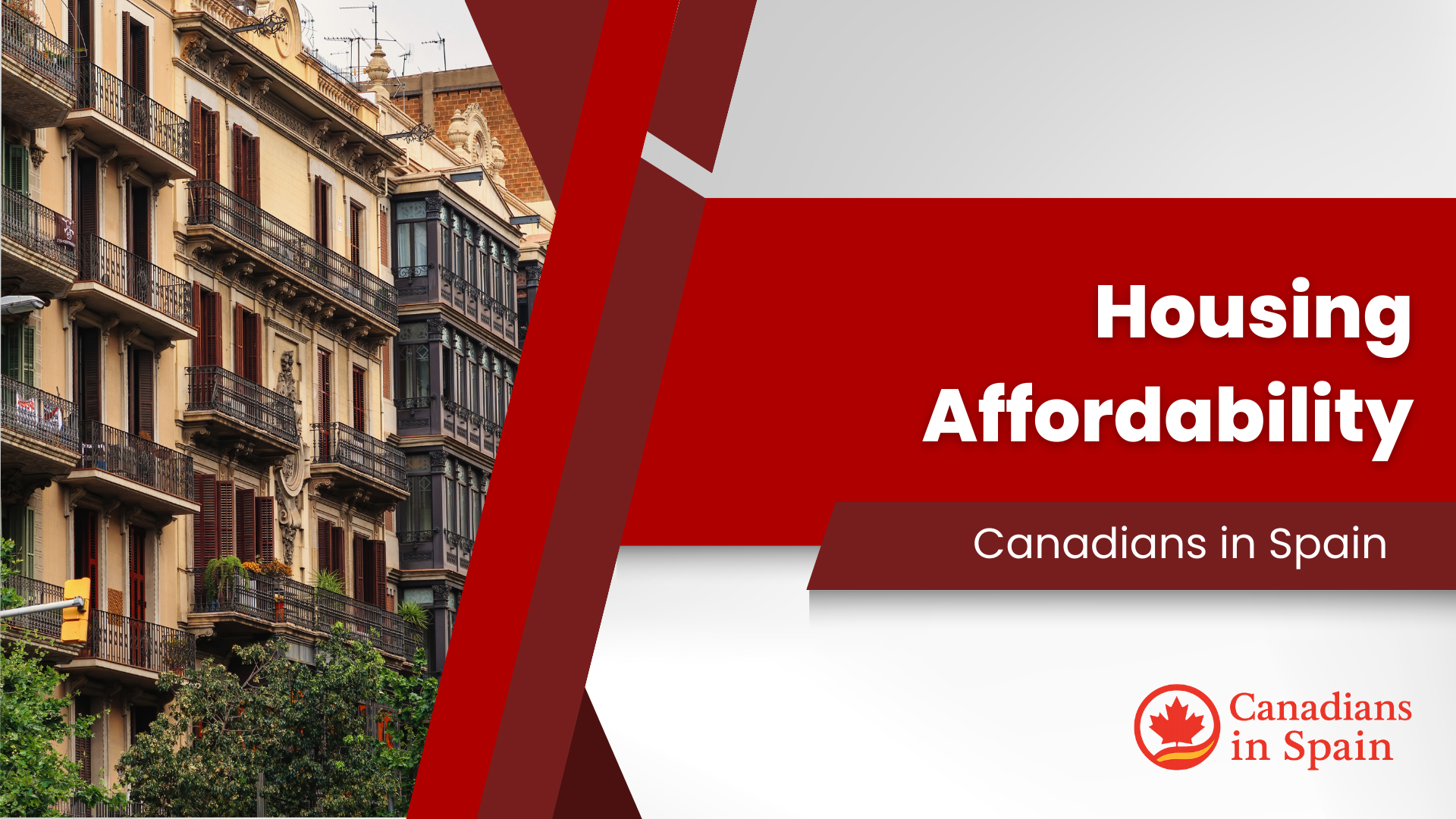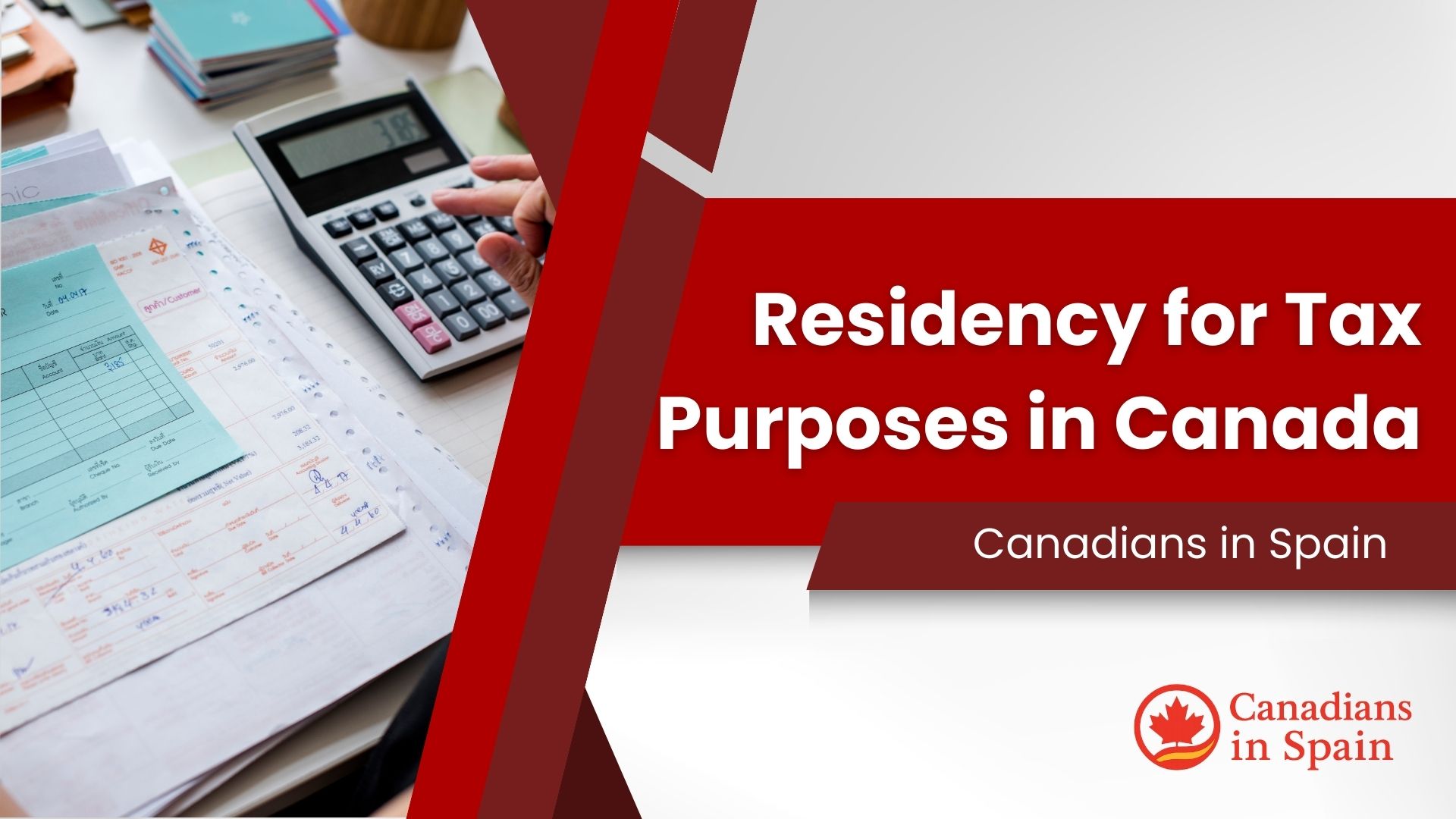Housing Affordability: Spain vs. Canada – What Does My Money Get Me?
Many Canadians are drawn to Spain’s vibrant culture and warm climate, but a key consideration for any prospective expatriate is housing affordability. How does the cost of living, particularly housing, compare to Canada? This report offers a data-driven comparison to illustrate what your money truly buys in both countries. Initial findings show that average living costs in Spain are 59% lower than in Canada, a significant difference that suggests a higher standard of living or considerable savings potential. This affordability advantage is a central theme, demonstrating tangible benefits for those considering a move.
1. Real Estate Market Overview: Purchase Prices and Trends (2024-2025)
The Spanish Real Estate Landscape: A Rising Market
The Spanish real estate market has seen consistent growth in 2024 and is projected to continue into 2025. The national average housing price increased by 4.4% in Q4 2024 year-over-year, reaching €2,049/m² in January 2025. Major cities like Madrid (+21%), Barcelona (+19%), Málaga (+13%), Valencia (+14%), and Alicante (+15%) all experienced notable price increases in 2024. This growth is fueled by recovering local economies and strong international interest, with foreign buyers accounting for over 20% of transactions. For 2025, experts anticipate a 1-3% price increase, driven by housing supply shortages and falling ECB interest rates, which directly impacts housing affordability.
Canadian Housing Dynamics: A Cooling Yet Still Costly Market
Canada’s real estate market has experienced a cooling trend. The national average selling price of a home was $698,000 CAD in June 2025, a 3.7% decrease year-over-year. Regional variations are significant; while Ontario and British Columbia face major price corrections, Quebec City (+13.5%), Montreal, and Halifax saw gains. Construction faces challenges, with Ontario homebuilding plummeting 25% in H1 2025. CMHC forecasts a continued cooling trend for 2025, with national prices declining by about 2%, though structural issues affecting long-term housing affordability persist.
Implications of Divergent Market Dynamics
Spanish property prices are generally rising, while Canadian national average prices are cooling. This suggests that while Canada’s market might offer temporary price relief, Spain’s market, despite rising prices, often offers a more accessible entry point for Canadians, though the rate of increase requires careful monitoring.
Below is a comparative table of average property purchase prices:
| City/Region (Spain) | Average Price per m² (2024) | City/Region (Canada) | Average Home Price (Jun 2025) |
|---|---|---|---|
| Madrid | €4,717 | National (Composite) | $698,000 CAD |
| Barcelona | €4,528 | Toronto, ON | $1,106,050 CAD |
| Valencia | €2,664 | Vancouver, BC | >$1,000,000 CAD |
| Spain National Average | €2,049/m² (Jan 2025) | Montreal, QC | $529,300 CAD |
2. What Your Money Gets You: A Direct Housing Affordability Comparison
In Spain: The €300,000 Benchmark
For around €300,000, Spain offers a wide range of properties. In Barcelona’s Gracia area, €275,000 could buy a 49m² apartment needing renovation. In Andalusia, €240,000 might get a substantial 360m² detached rural property with 4 bedrooms. Smaller towns offer extreme affordability, with townhouses for as little as €36,000. This budget often allows for more spacious, newer, or detached properties, showcasing excellent housing affordability.
In Canada: The $500,000 CAD Benchmark
A $500,000 CAD budget yields very different results. In Vancouver and Toronto, this typically buys a micro-studio or a very small 1-bedroom condo. More affordable cities like Calgary might offer a 2-3 bedroom house in suburban areas. Edmonton is highly affordable, with $500,000 securing spacious 3-4 bedroom detached homes.
The Tangible Value of the Euro
A €300,000 budget in Spain (approx. $440,000 CAD) can secure significantly more property in terms of size and type than $500,000 CAD in Canada’s major urban centers. This translates directly into a higher quality of life and is a crucial factor in housing affordability.
3. Rental Market Realities: Monthly Housing Costs
Renting in Spain: Accessible Options
Spanish rental prices vary widely. A 1-bedroom apartment in a city center typically costs €900-€1,100. For 3-bedroom apartments, prices range from €1,400-€1,800 in city centers. Specific city averages in 2025 include Madrid (€1,200-€1,500), Barcelona (€1,100-€1,400), and Valencia (€800-€1,000).
Renting in Canada: High Costs Persist
The average rent in Canada was $2,111 CAD in June 2025. In 2024/2025, Vancouver averaged $3,101 CAD/month for a 1-bedroom, Toronto $2,746 CAD, and Montreal $2,003 CAD. Edmonton ($1,579 CAD) and Saskatoon ($1,344 CAD) offer lower costs.
The Affordability of Rent as a Gateway to Spain
Spanish rental costs are significantly lower than in Canada. A 1-bedroom in central Madrid is considerably less than in Toronto or Vancouver. This lower financial barrier improves overall housing affordability and provides greater financial flexibility for expats.
4. Beyond Housing: General Cost of Living
Income and Purchasing Power
Spain’s average net income is estimated at €2,250/month. Canada’s is approx. $5,233 CAD/month. Despite Canada’s higher nominal income, Spain’s 59% lower overall living costs mean greater purchasing power and a better standard of living.
Daily Necessities: More for Less
- Utilities & Internet: Spain: €130-€220/month. Canada: $270 CAD/month.
- Groceries & Dining Out: Spain: €200-€300/month for a single person’s groceries. Canada: Estimated at $550 CAD/month.
- Transportation: Spain: Public transport passes €40-€60/month. Canada: Major city passes are significantly higher (e.g., Toronto $156 CAD).
The “Lifestyle Upgrade” Factor
The cumulative effect of lower daily expenses in Spain means a Canadian income can afford a considerably higher quality of life. This is a key component of the overall housing affordability equation.
5. Regulations and Considerations for Foreign Buyers
Property Purchase in Spain
Foreigners can buy property in Spain with a Foreigner Identification Number (NIE) and a valid passport. Additional costs (10-15% of property price) include Property Transfer Tax (6-10%), legal fees (1-2%), and notary/registry fees.
Regulations for Foreign Buyers in Canada
Canada’s “Foreign Buyer Ban,” extended until January 1, 2027, prevents non-Canadians from purchasing residential property in many areas. This regulation significantly impacts housing affordability for foreigners looking to invest in Canada.
6. Mortgage Rates: Financing Your Dream
Mortgages in Spain
As of July 2025, fixed rates are around 2.5-3% for residents and 2.9-4.9% for non-residents. Variable rates start at 2.6-2.8%. These lower rates make financing more accessible and improve housing affordability.
Mortgages in Canada
The Bank of Canada has held its benchmark rate steady at 2.75% since March 2025. The lowest insured five-year fixed mortgage rate is currently 3.84%. Mortgages are subject to a “stress test,” making affordability a significant barrier.
Frequently Asked Questions about Housing Affordability
Is Spain really more affordable when considering lower average salaries?
Yes. While nominal salaries are higher in Canada, the cost of living in Spain is significantly lower (around 59%). This means your purchasing power is often greater in Spain, as your money goes much further on essentials like housing, food, and transportation.
Are property prices in popular Spanish cities rising too quickly to remain affordable?
Prices in cities like Madrid and Barcelona are rising, but they are starting from a much lower base than in Toronto or Vancouver. This means that even with recent growth, the entry point for purchasing property remains significantly more accessible for the average person, maintaining a strong advantage in housing affordability.
What are the “hidden costs” that affect housing affordability in Spain?
When buying, you must budget for 10-15% of the property price to cover taxes (like ITP or VAT), notary fees, registry fees, and legal fees. For renters, you typically need to pay one month’s rent, a one-month security deposit (fianza), and sometimes an additional guarantee or an agency fee.
How does the foreign buyer ban in Canada affect my decision?
The ban, in effect until 2027, makes it impossible for most non-Canadians to purchase residential property in major urban areas. This makes Spain the only viable option for Canadians looking to buy an overseas property for personal use in the near future, making the housing affordability question even more critical.
Which country is better for long-term real estate investment?
Both markets have potential. Canada’s market has historically shown strong long-term growth but faces affordability and supply issues. Spain’s market is currently in a growth phase, fueled by strong international demand. For a Canadian, investing in Spain is often more accessible due to lower entry prices and the lack of a foreign buyer ban.




